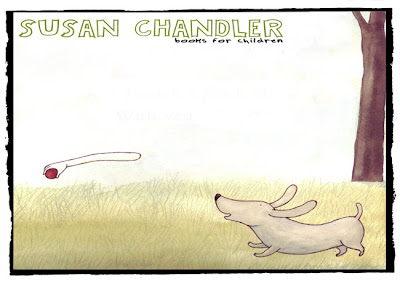Adapting and using stories in PLL – Birmingham Primary Language Conference #4

Sophie Bregent-Kight, Primary MFL AST at Moseley Language College led the second workshop on Tuesday entitled Adapting and using stories in PLL. Sophie is no stranger to many of those attending as has worked with a number of schools and also speaks at the ELLRSG almost as much as me!
She began by taking us through some reasons for using stories in PLL, linking it to the KS2 Framework for ALL year groups. There seems to be a concern that stories area great fro Year 3 but not for Year 5 and definitely not for Year 6. I agree with Sophie’s point that stories aren’t just for little kids – they can be used for all ages; it is what you do with them that matters.
Sophie recommended a number of places online where you might find some stories and activities, either in Powerpoint form or to purchase- there are many more including the various Grids for Learning, especially Northumberland which has whole units preplanned around fairytales such as Goldilocks, Red Riding Hood and the Three Billy Goats Gruff.
There’s also Herefordshire and Stoke .
www.storyplace.org – PPT stories – little stories
www.momes.net – French website
www.activedesigns.co.uk/french-educational-products.htm
www.ablekids.co.uk/merchantmanager
Sophie then went on to show us an example of how a story can be adapted and used for a whole unit of work. Goma de verduras is a story that Sophie has adapted from Vegetable Glue by Susan Chandler illustrated by Elena Odriozola about a child whose body is falling apart because they don’t eat enough vegetables to make vegetable glue.
Sophie translated the story into Spanish – here’s the first page:
Sabía lo que hacer
Lo pegué de nuevo con
Goma de verdura
We then discussed ways to use the story – obvious themes to pursue are food and body parts. Sophie talked about some of the activities that she had used in exploiting the story:
- ¿Adónde va la mariquita? betting game – guess where the ladybird is going.
- Made books as visual dictionaries using glossaries and research
- Labeling Shrek / monsters – gave a choice of people to label according to interests
- Making storyboards of the story
- Human sentence to reorder text
- Had models of little girl and practiced parts of body falling off with narration in Spanish
- Teacher revisited during the week
- Did similar activities with food stuffs
- Took it on to like and dislike
- Grammar plurals
- Survey and graph
- Report back reuses previously used vocabulary
- Healthy / unhealthy = sano / malsano
- Menu for a party – to keep in mind that it’s supposed to be healthy
- Another idea – what do you put in your basket?
- Recipe for vegetable glue – quantities included here
- Girl with a stomach – feed food stuffs into the girl for their recipe
- Moved on to talk about food groups ands healthy eating pyramid in English and Spanish – compared and contrasted – portion sizes
- Used to discuss their eating plans for next day
Sophie then shared a
nother idea she had to use ICT to research food in Spanish supermakets by accessing their pages on the web. You need to have a Spanish postcode – use the white pages to choose a name you fancy and ‘borrow’ their postcode if necessary– or borrow one from a Spanish friend!
www.carrefour.es
www.eroski.es
www.alcampodirect.es
www.mercadona.es
Some suggested activities –
- Compare prices
- Compare food stuffs – do we eat the same or different? Different vegetables? What is traditional? Packaging?
- Make own adverts for food – cut and paste
I really enjoyed Sophie’s ideas – I’ve never read Vegetable Glue, but it sounds like just the kind of book that is really versatile and useful for PLL. Makes a change from Hungry Caterpillars and Giant Turnips!!
Any further suggestions anyone?


